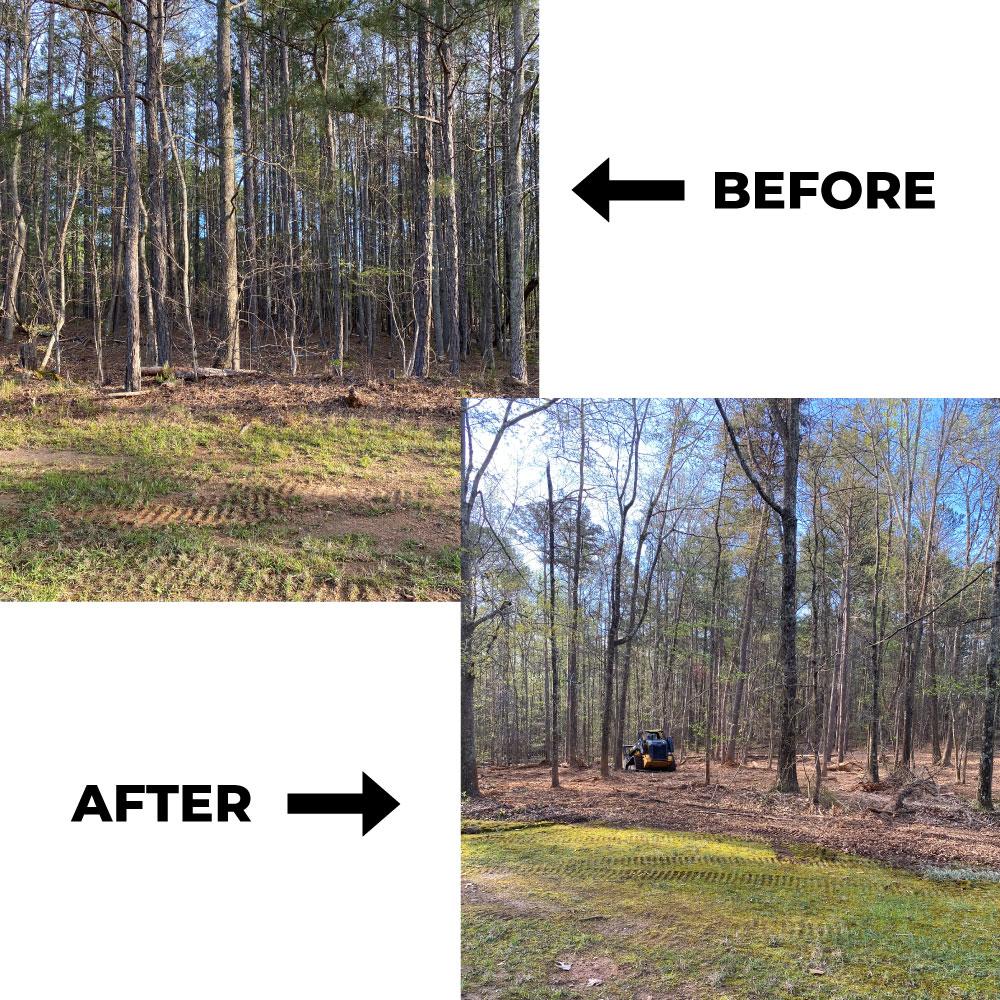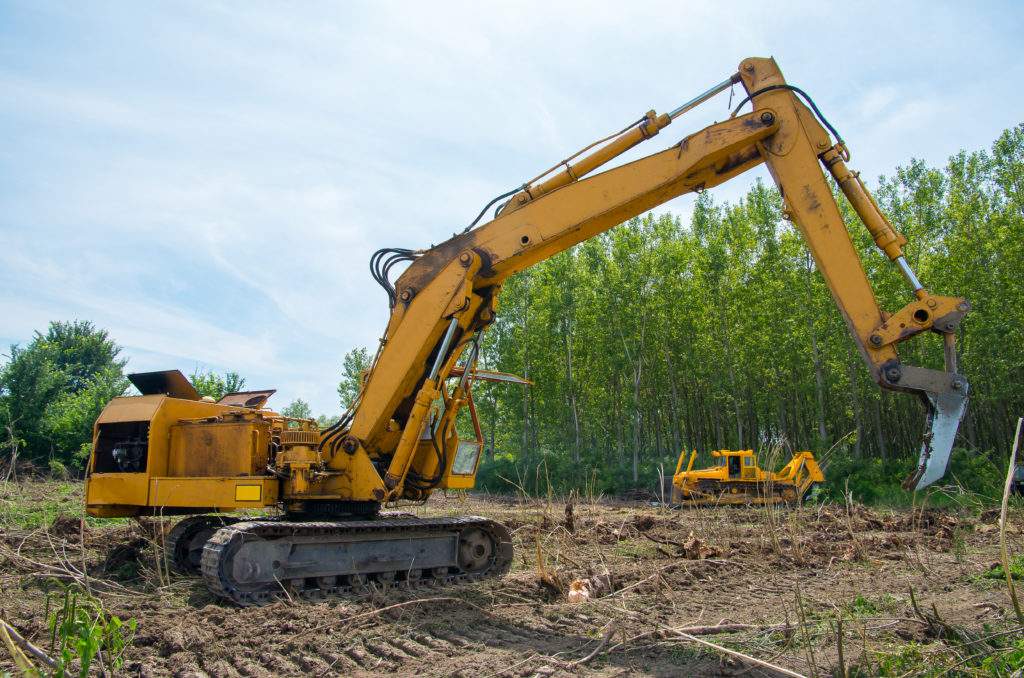What is Habitat Modification?
Habitat modification refers to the intentional alteration and management of the natural environment on a property to create a more suitable habitat for specific wildlife species or to achieve certain ecological goals. This practice involves various techniques, such as planting native vegetation, providing nesting structures, implementing water features, and adjusting landscape elements to support the needs of desired wildlife while discouraging undesirable species. By carefully tailoring the landscape to attract particular animals and encourage their presence, habitat modification aims to foster a balanced ecosystem that benefits both the landowner and the wildlife.

For a landowner, habitat modification offers a myriad of benefits. Firstly, it provides an opportunity to create a thriving and diverse ecosystem, enhancing the overall beauty and appeal of the property. The presence of vibrant wildflowers, native plants, and various wildlife species adds to the property’s aesthetics, making it a more enjoyable and tranquil living environment. Additionally, habitat modification can serve practical purposes such as natural predator control. By encouraging beneficial wildlife like birds and insects, landowners can naturally manage pest populations, reducing the need for chemical interventions. Furthermore, habitat modification can attract pollinators, contributing to improved fruit and vegetable yields in gardens and orchards. Overall, this intentional stewardship of the land not only enhances biodiversity and ecological health but also brings a sense of satisfaction and harmony to the landowner as they coexist harmoniously with nature.
Detouring Predators
Habitat modification can be a powerful tool in deterring predators such as coyotes, bobcats, and foxes from encroaching on a property. By understanding the preferences and habits of these predators, landowners can adjust their landscapes to make them less appealing and less conducive to their presence. Implementing measures such as removing dense shrubbery or long grass that can provide cover for these animals and ensuring that potential prey species (e.g., small mammals or birds) have limited access to food and water sources can discourage predators from establishing territories on the property. Additionally, creating barriers such as fencing or placing prickly plants around vulnerable areas can make it more challenging for these predators to access potential prey, reducing the likelihood of conflicts between wildlife and human activities. Through strategic habitat modifications, landowners can coexist peacefully with nature while safeguarding their property and domestic animals from the potential risks posed by predatory wildlife.
What's Involved?
Habitat modification involves more extensive and large-scale alterations to the natural environment to achieve specific conservation or land management goals. This process may include activities such as forestry mulching, land clearing, grading, beaver dam removal, and grading to alter the topography, or vegetation composition of a particular area. While habitat modification with heavy equipment can be beneficial in certain scenarios, such as restoring wetlands or opening over grown woods up for a more usable space, it should be approached with caution and conducted under the guidance of wildlife experts to minimize potential negative impacts on the ecosystem.
Some of the heavy equipment commonly used can bobcats, mulch heads, excavators, bulldozers, front end loaders, dump trucks and large trash containers and large wood burning machines.




